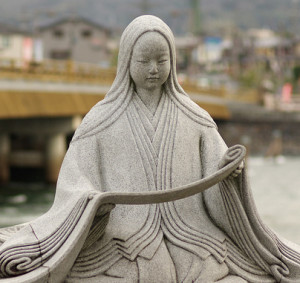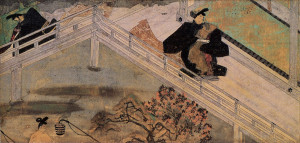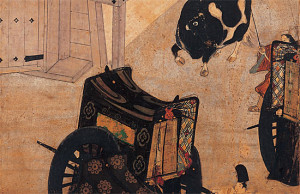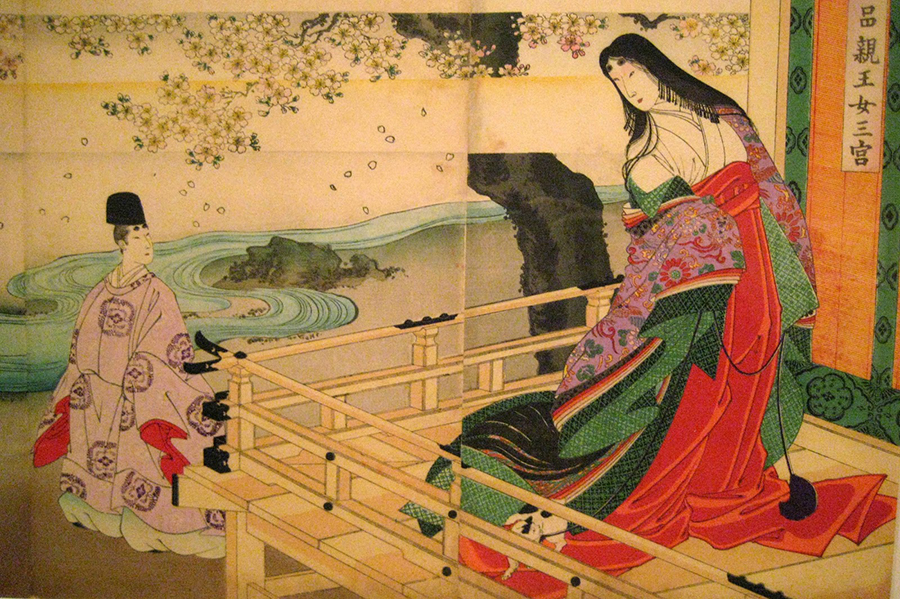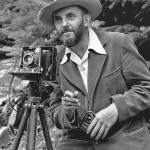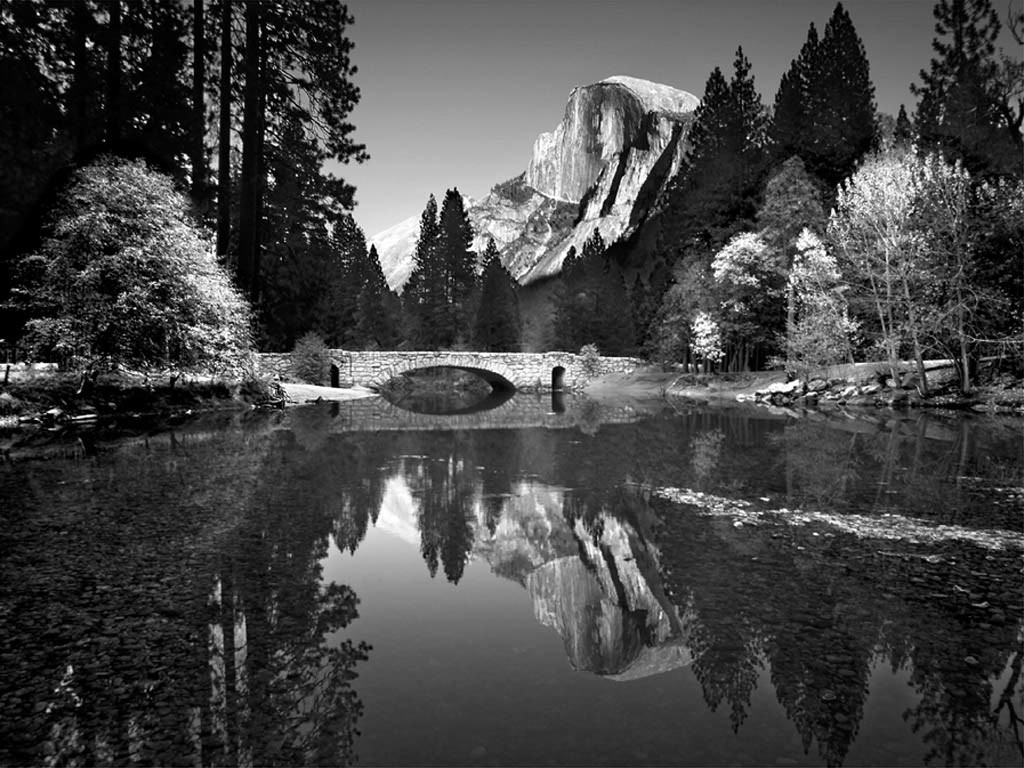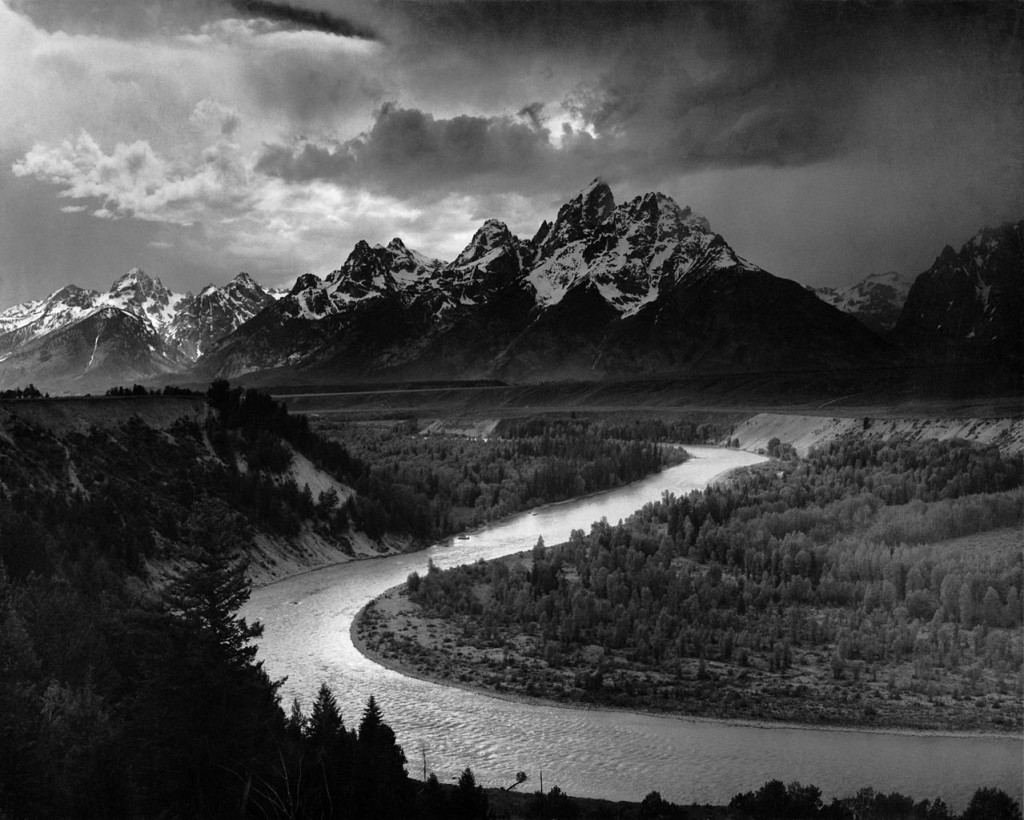Paintings That Evoked A Social Turning Point In the 1800’s
by Bailey Dolenc
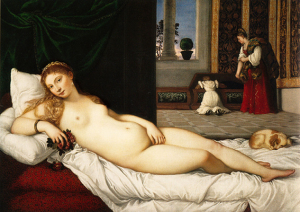 The Grande Odalisque by Ingres and Olympia by Manet, are of the same subject, a nude woman. The paintings are modeled after Titian’s Venus of Urbino (1538).
The Grande Odalisque by Ingres and Olympia by Manet, are of the same subject, a nude woman. The paintings are modeled after Titian’s Venus of Urbino (1538).
Although the subjects are similar, they depart from the painting Madame Récamier (1800) created by Jacques-Louis David that followed Neoclassicism and social etiquette.
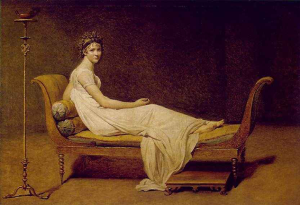
The Grande Odalisque and Olympia were created 49 years apart and express different attitudes.
Ingres’s The Grande Odalisque created in 1814 is a painting which portrays a young prostitute laying nude on a bed with ruffled sheets and wearing only a head wrap and gold bracelets. The feather duster in her right hand adds a sense of softness and compliments her calm countenance. The body proportions are ambiguous; she has too many vertebrae, her legs have different lengths, and her bones and muscles are seemingly rubbery. She looks towards the viewer with a soft gaze and expresses sensuous and alluring body language.
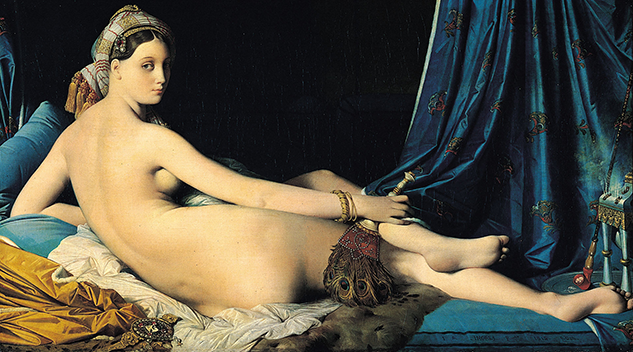 In 1863, Manet created his female nude Olympia as a harshly painted stiff figure with a callous gaze towards the viewer. As opposed to Ingres’s painting, Manet placed Olympia in a quite unwelcoming pose, with her genitals covered, legs tightly crossed, and an unashamed body language.
In 1863, Manet created his female nude Olympia as a harshly painted stiff figure with a callous gaze towards the viewer. As opposed to Ingres’s painting, Manet placed Olympia in a quite unwelcoming pose, with her genitals covered, legs tightly crossed, and an unashamed body language.
 The uses of color in each painting evoke contrasting moods. Olympia’s flesh tone is a stark white that blinds the eye, whereas the Odalisque’s flesh is of a much warmer tone and thus creates a more inviting environment. The backgrounds, sheets, pillows, and jewelry either invite the viewer into the painting with warm colors and soft, silky fabrics such as in The Grande Odalisque, or dismiss the viewer with flat surfaces and harsh bright colors as in Olympia.
The uses of color in each painting evoke contrasting moods. Olympia’s flesh tone is a stark white that blinds the eye, whereas the Odalisque’s flesh is of a much warmer tone and thus creates a more inviting environment. The backgrounds, sheets, pillows, and jewelry either invite the viewer into the painting with warm colors and soft, silky fabrics such as in The Grande Odalisque, or dismiss the viewer with flat surfaces and harsh bright colors as in Olympia.
Both Manet and Ingres used techniques that outraged scholars and audiences of their time because of their deviation from the norm, breaking away from Neoclassicism and indicating a shift towards exotic Romanticism. Manet’s painting style was realistic and natural in terms of physical form and environment. In the same way, Ingres was diverging from his contemporaries by over-idealizing his female nude instead of using the revered classical forms learned from antiquity.
The paintings were considered as shocking statements towards their society whether it was through idealized beauty, or to educate viewers on the insensitive world of prostitution. They show how artists’ portrayals of prostitutes were drastically changing throughout the nineteenth century.
Sources
National Archives and Records Administration: Public Domain.

